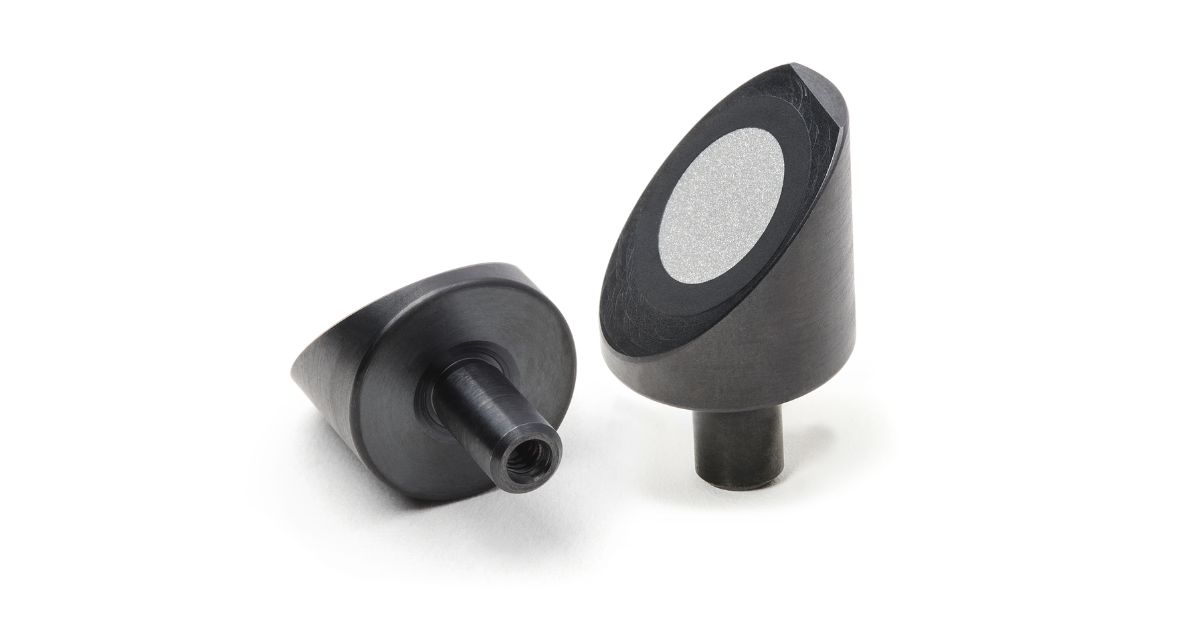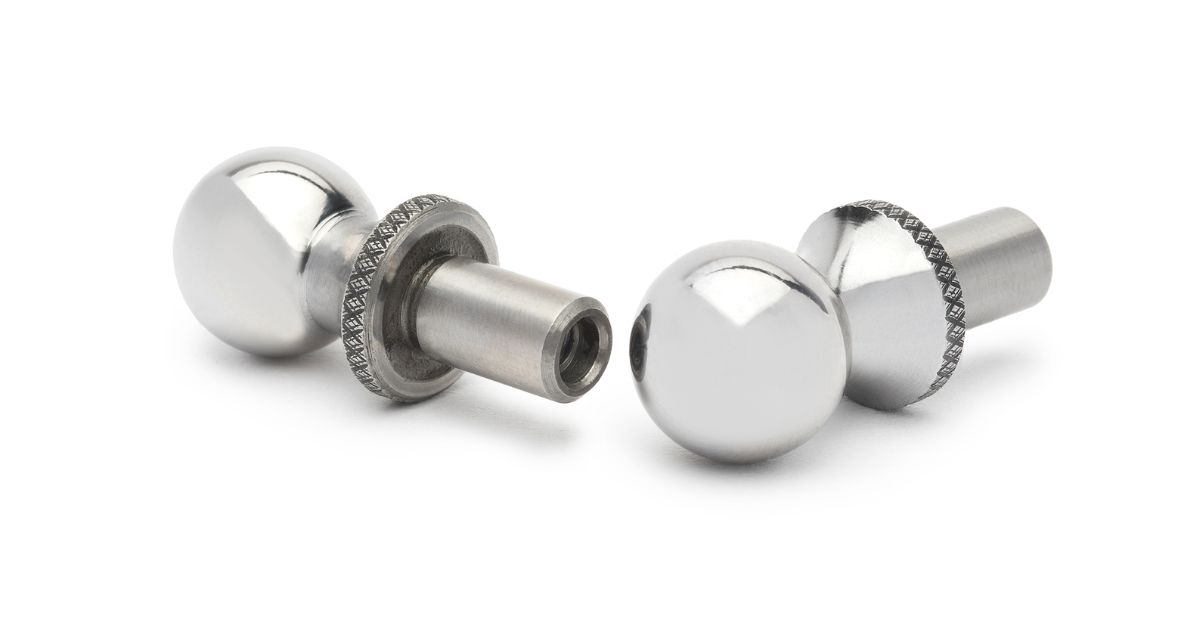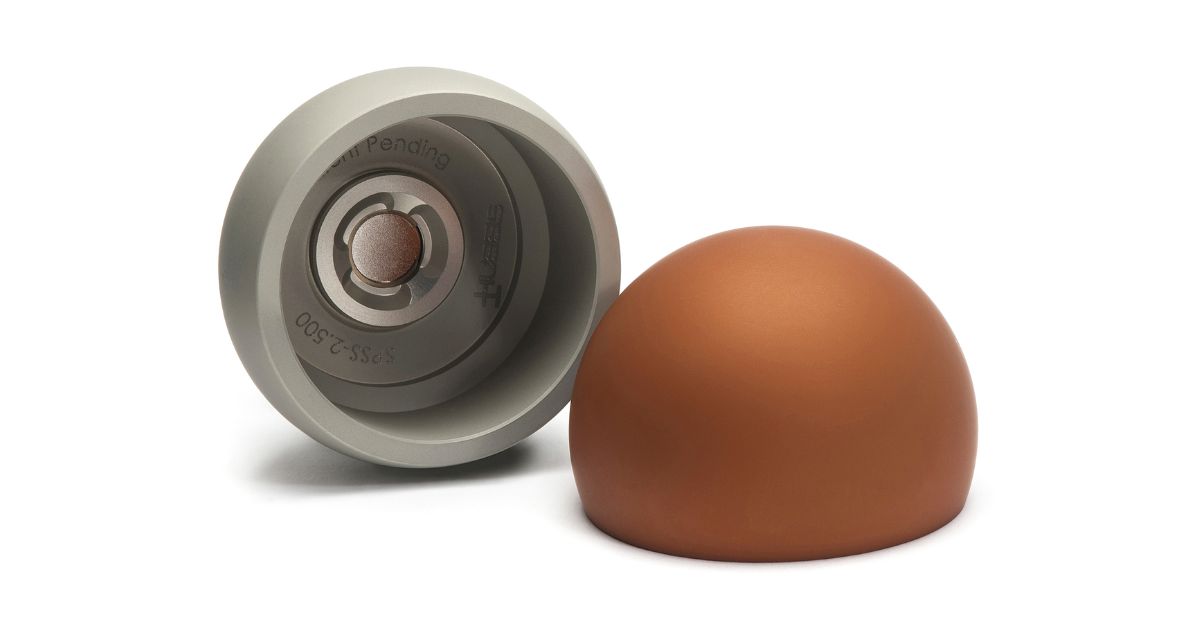
Today’s manufacturing landscape operates under stringent precision requirements, where even the smallest error can drive up costs, delay schedules, or compromise performance. This unyielding demand for accuracy drives tooling professionals to adopt technologies that ensure uncompromised quality and reliability. Understanding what to know about 3D laser measurement in precision manufacturing is essential for those striving to meet the high standards expected across several industries.
Take a deep dive into these advanced measurement solutions that are reshaping modern manufacturing. Discover how they are enhancing production efficiency, ensuring accuracy, and meeting the increasingly complex demands of manufacturing. With stakes this high and tolerances this tight, the right tools are necessary for safety and mission success. For professionals seeking to stay ahead, this exploration offers the insights necessary to adopt and effectively leverage the technology.
3D laser measurement is a cutting-edge technology that uses laser light projection and optical sensors to capture highly accurate dimensional data from physical objects. By projecting laser lines or structured light patterns onto surfaces and analyzing the reflected light, the system calculates precise coordinates and dimensions without physical contact.
This non-invasive approach ensures the measurement of complex geometries without risking surface damage or distortion. For instance, this measurement process is ideal for aerospace components with intricate curves and tight tolerances. The technology of 3D laser measurement creates millions of data points across a surface to generate detailed 3D models, which can be compared against CAD designs or reference specifications.
Additionally, modern 3D laser systems integrate advanced software for real-time analysis, automated reporting, and seamless data management. These capabilities streamline inspections, ensure traceability, and enhance the quality management processes critical to meeting the rigorous standards of several different manufacturing industries, such as automotive, paper milling, and shipbuilding.
Modern manufacturing underpins the production of components that must perform flawlessly in demanding environments. Even minor tooling imperfections can lead to component defects that jeopardize structural integrity, product performance, or system reliability. With tolerances often measured in ten-thousandths of an inch, precision is not optional but a necessity, as it directly impacts manufacturing outcomes.
The ramifications of imprecise tooling extend beyond product quality. Dimensional errors can disrupt assembly, escalate production costs, and delay tight manufacturing schedules. In many industries, compliance with stringent regulatory standards also requires tooling accuracy to be thoroughly documented and validated. Deploying precise measurement systems ensures operational efficiency and adherence to these requirements.

3D laser measurement systems deliver accuracy levels that significantly surpass those of traditional measurement methods. These systems routinely achieve accuracies within ±0.0001 inches across large measurement volumes, providing the precision required for varying manufacturing applications. The non-contact nature of laser measurement eliminates probe deflection and operator influence factors that can compromise the accuracy of traditional measurements.
The speed advantage of 3D laser measurement becomes particularly evident when measuring complex tooling geometries. While traditional coordinate measuring machines may require hours to complete comprehensive inspections, laser systems can capture equivalent data in minutes. This efficiency improvement enables more frequent quality checks without disrupting production schedules.
Although 3D laser measurement systems require significant initial investment, the long-term cost benefits are substantial. Reduced inspection time translates to lower labor costs and increased throughput capacity. Early detection of tooling issues prevents costly rework and scrap, while improved process control reduces overall expenses related to quality.
Modern 3D laser measurement systems accommodate a wide range of tooling sizes and configurations. From small precision components to large assembly fixtures, these systems offer consistent measurement capabilities across a wide range of applications. This versatility eliminates the need for multiple specialized measurement tools, simplifying equipment management and operator training requirements.
The comprehensive data capture capabilities of 3D laser measurement enable advanced analysis techniques that support continuous improvement initiatives. Trend analysis, statistical process control, and predictive maintenance strategies become possible when detailed dimensional data is consistently available. This data-driven approach supports proactive quality management, helping identify opportunities for optimization.

During tooling development, 3D laser measurement provides critical validation that manufactured tools match design specifications. This process ensures that stamping dies for automotive parts, injection molds for medical devices, or jigs for aerospace components will produce results within required tolerances before expensive production begins. The comprehensive data capture enables detailed comparison against CAD models, identifying any deviations that could affect component quality regardless of the industry.
When tooling documentation is incomplete or outdated, 3D laser measurement enables accurate reverse engineering of existing parts or fixtures. The detailed dimensional data captured can be used to create updated CAD models that support modification or replacement projects. For example, this capability is valuable for shipyards working with legacy components and for paper mills maintaining decades-old equipment.
Complex assemblies often require multiple tooling components or large structures to work together with precise alignment. 3D laser measurement makes it possible to verify positioning and alignment quickly, so manufacturing facilities like automotive assembly lines or aerospace fuselage construction meet exacting specification requirements. This is critical for maintaining consistency and efficiency in high-volume or large-scale production environments.
Regular maintenance depends on accurately assessing wear patterns and dimensional changes that occur over time. The applications of 3D metrology tooling enable precise monitoring of tooling condition to support data-driven maintenance decisions. Companies across industries, from heavy machinery and marine vessels to medical device production and aerospace tooling, benefit from this proactive approach, which helps prevent costly downtime and extend equipment lifecycles.
While 3D laser measurement technology revolutionizes modern manufacturing with its precision and efficiency, it is not without its challenges. Understanding these limitations is crucial to ensuring successful implementation and maximizing the technology’s potential in demanding production environments. Here is what you should know:
Selecting appropriate 3D laser measurement systems requires careful evaluation of specific application requirements, accuracy needs, and operational constraints. Key considerations include measurement volume requirements, required accuracy levels, surface characteristics of typical measurement targets, and integration requirements with existing quality systems.
Environmental conditions, operator skill levels, and maintenance capabilities should influence system selection decisions. Working with experienced suppliers, such as HUBBS, who understand aerospace quality requirements, ensures that selected systems will meet both current and future measurement needs.
Manufacturing thrives on innovation and precision, demanding tools that redefine quality and performance. 3D laser measurement in precision manufacturing unlocks new possibilities for efficiency, reliability, and success. With its ability to push the limits of producing excellence, this technology offers a compelling path forward for those ready to lead in a world where precision matters most.
Browse our product line or contact us as any time!